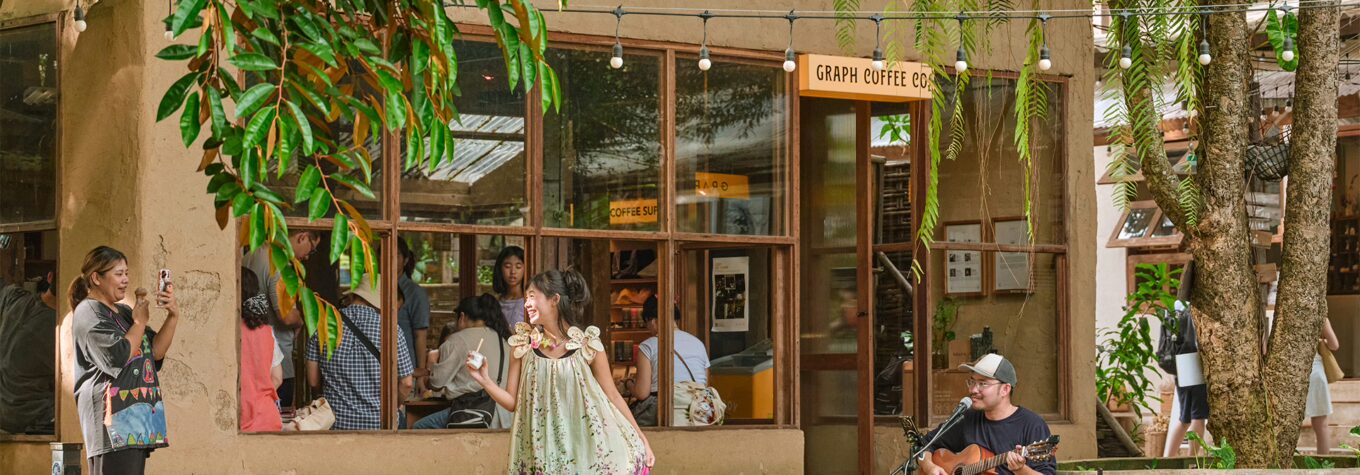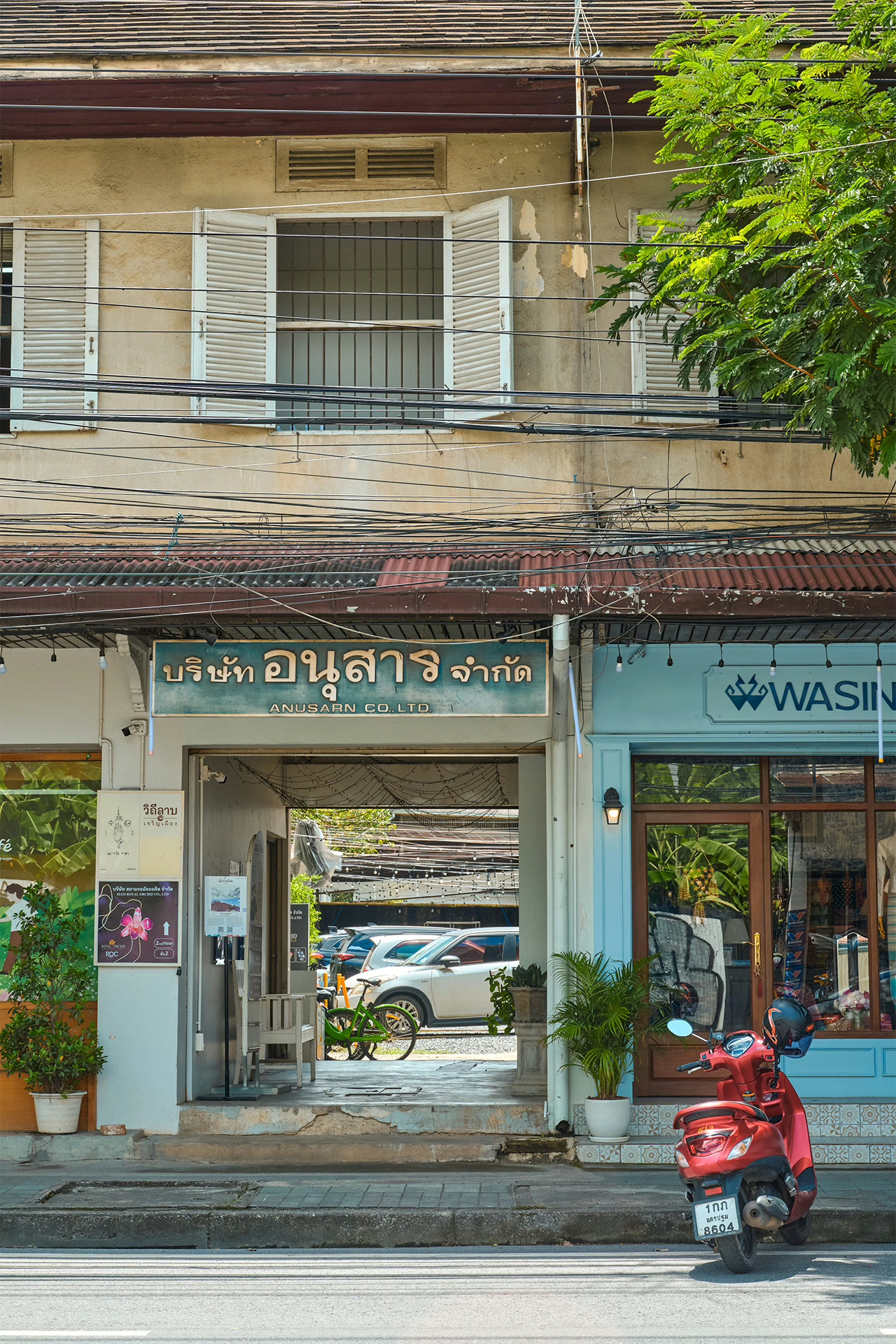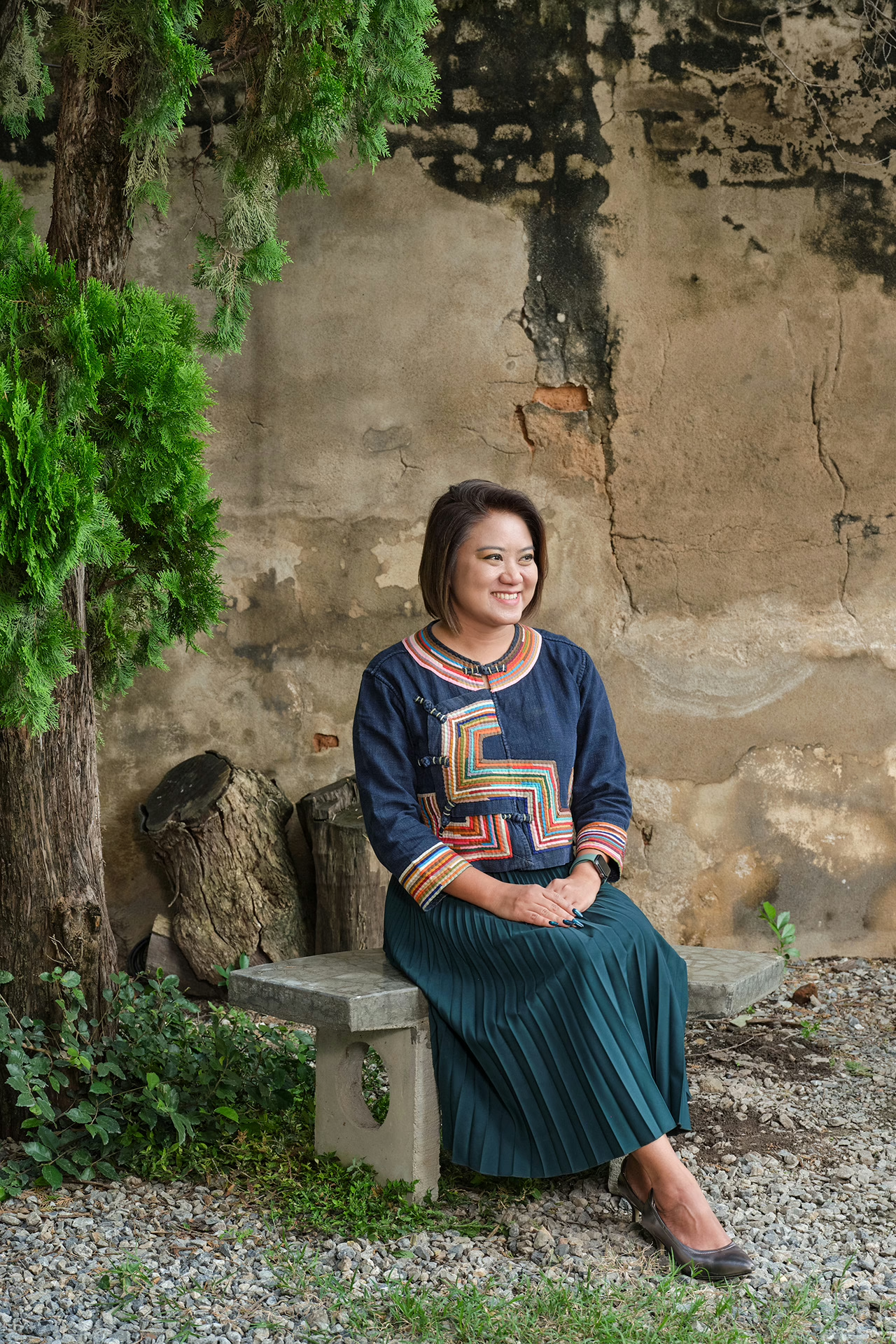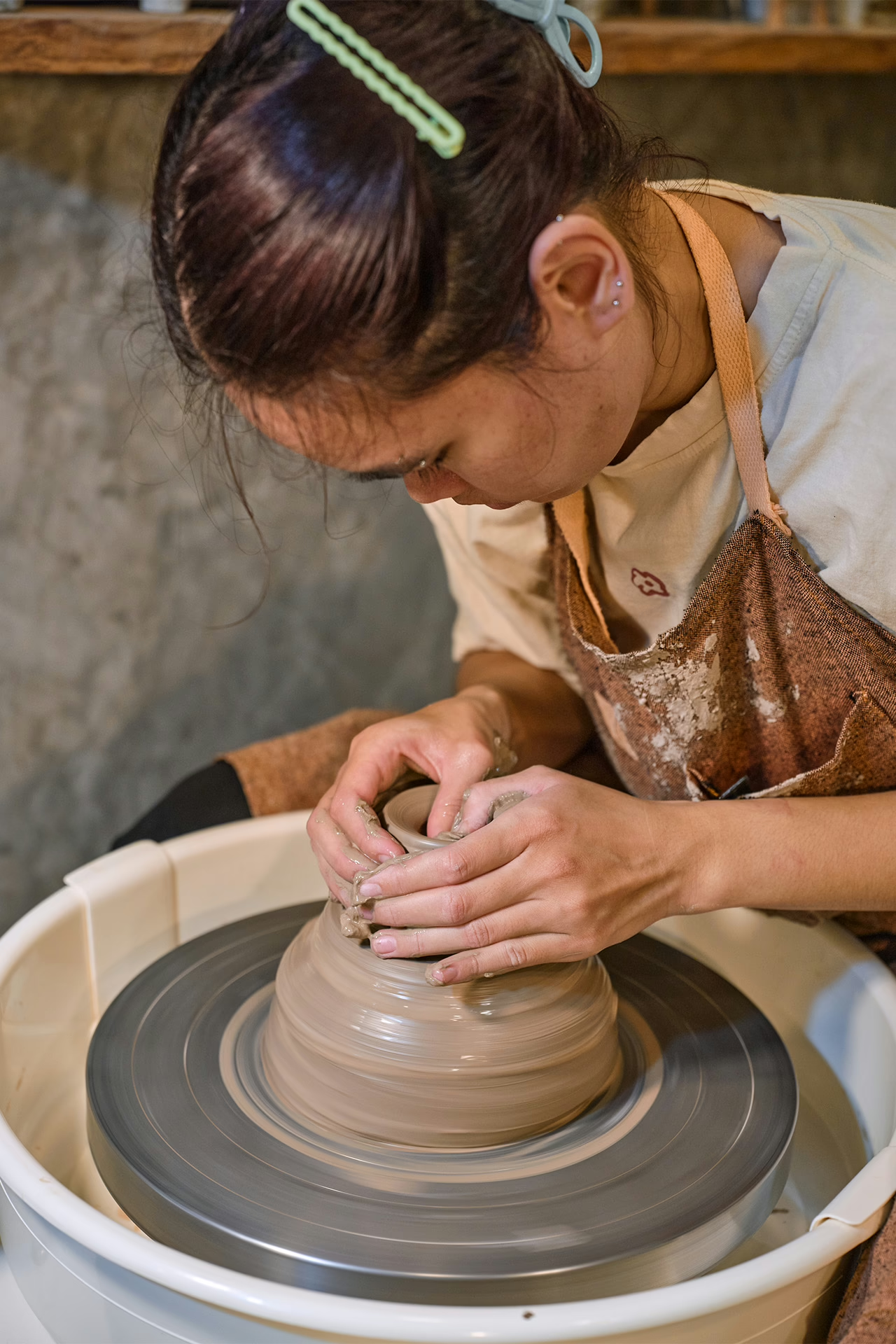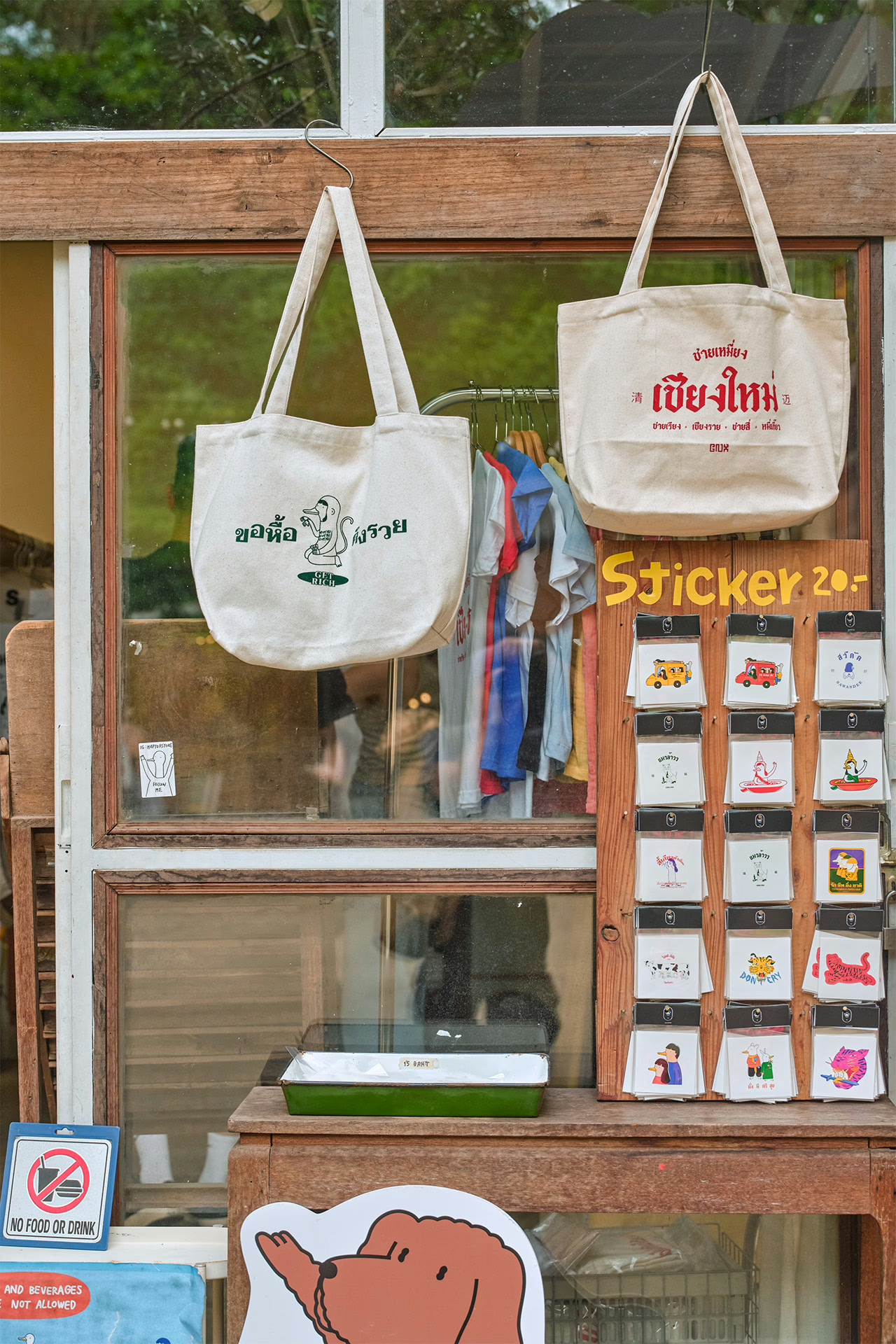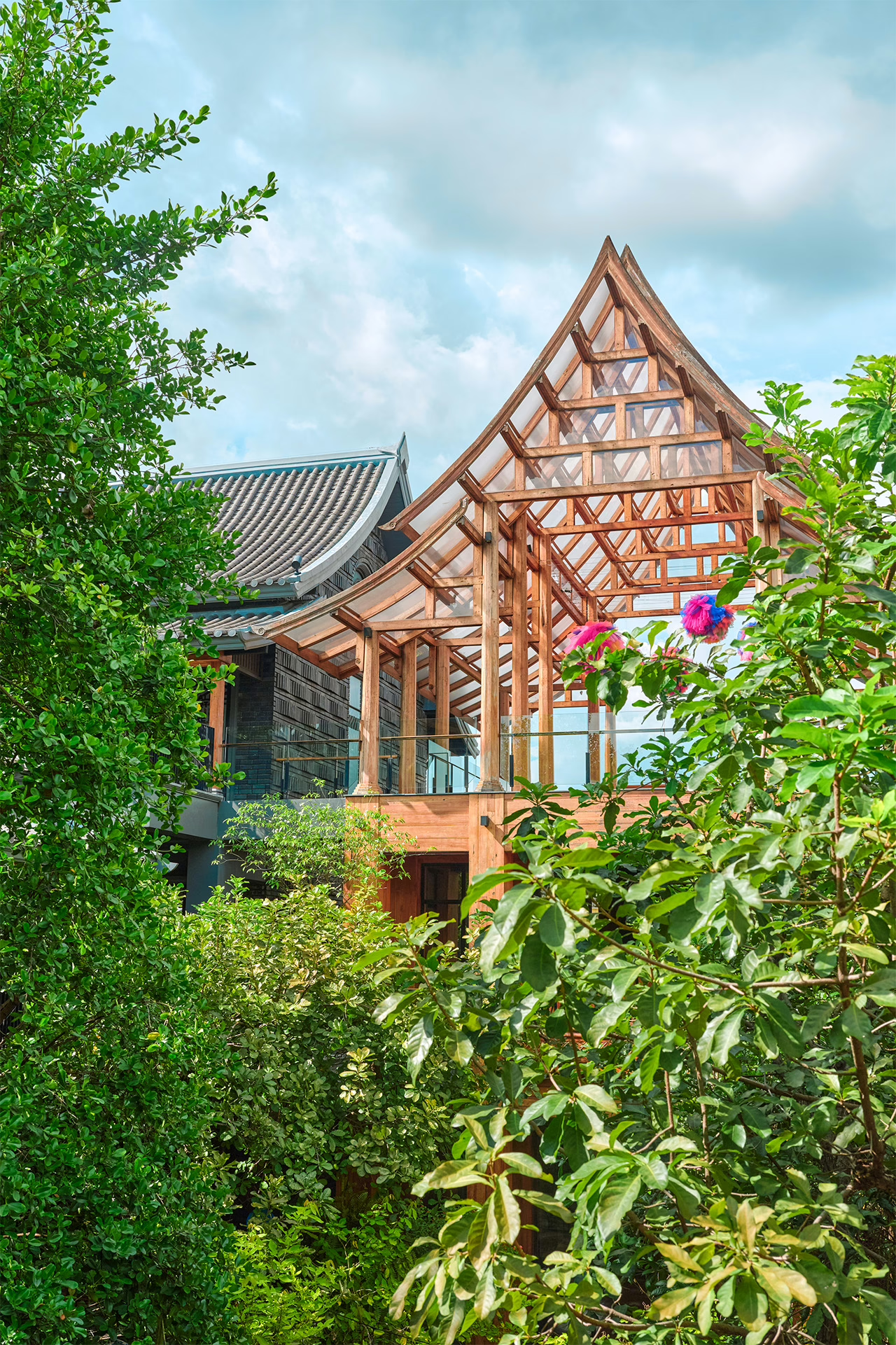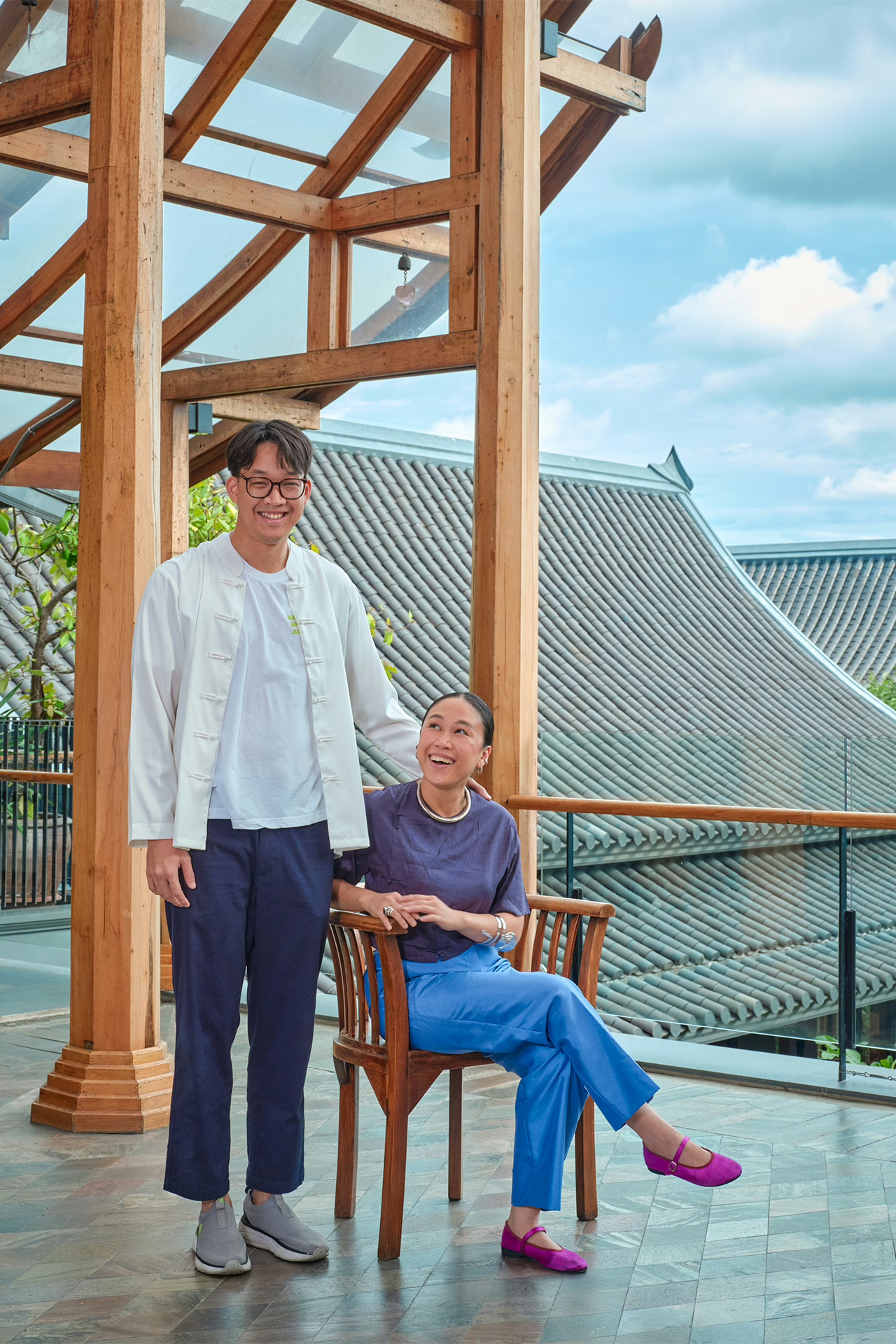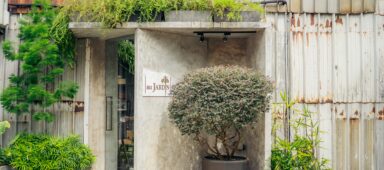Beyond its ancient temples and misty peaks, Thailand’s northern capital boasts a new wave of craft and culture spaces where travellers can stretch their imagination and reconnect with their spark
Photography Lek Kiatsirikajorn
For the creatively inclined and artsy types, Thailand’s northern capital, Chiang Mai has always beckoned those in search of an ambience conducive to producing their magnum opus. Countless nationally famous Thai pop bands have originated from Chiang Mai, and the box-office hit and classic film Dear Dakanda (2005) immortalised the pains of an art student who gets friend-zoned while studying at Chiang Mai University.
Two decades ago, I had even fantasised about going to college there, as opposed to the mainstream names in Bangkok, so I could be seen as “indie” and “cool”. Those college plans never materialised, but Chiang Mai continues to attract those seeking inspiration and a creative reset.
The city is known for its moss-covered forest temples and hiking routes on verdant mountains, but these days it has become a hotbed of creative enclaves likely to inspire an epiphany.
Designed to bring heritage, community and contemporary flair together, these spaces refashion Chiang Mai’s reputation as a city of makers into one-of-a-kind destinations that meet modern needs (and my appetite for a striking trinket). Many Thais, seeking the mild chill of cooler weather, begin their escape here in November.
One sub hub is the 91-year-old Anusarn Building, located on the eastern fringe just beyond the square block of the Old City. The two-storey Lanna colonial building was built by modernist businessman Luang Anusarn Suntorn during an era when steel rods had to be brought in by train from Bangkok. In its former life, the commercial premises included the family’s office, a salt storage shed, agricultural equipment retail and one of the first auto repair garages for foreign cars such as Land Rovers.
“You won’t find this building aesthetic anywhere else in Chiang Mai because Luang Anusarn designed this building himself,” says the founder’s great-greatgranddaughter, Arisa Nimmanahaeminda. “It looks like a townhouse in the front, but the back of the building is completely different, with a roof that has a dramatic slant. Even locals who have never come here before are astonished to see that and the big court in the back.”
Nimmanahaeminda revived her family’s heritage building in 2022, turning it into a hub for young local businesses, workshop studios and cultural events. Today, visitors can easily find floral bouquet workshops, ramen, craft coffee, choux pastries and everything from vintage finds to traditional Lanna costumes in pastel colours.
An old-world charm and the mercantile past of one of Chiang Mai’s most prominent families surround you at every turn, from the antique steam locomotive in the back court to vintage typewriters in the cafes. You’ll find real industrial grunge while sipping on a Coconut Milk Dirty at Building A cafe, or a historically dense atmosphere while tucking into laab (minced meat salad) at Withee Laab.
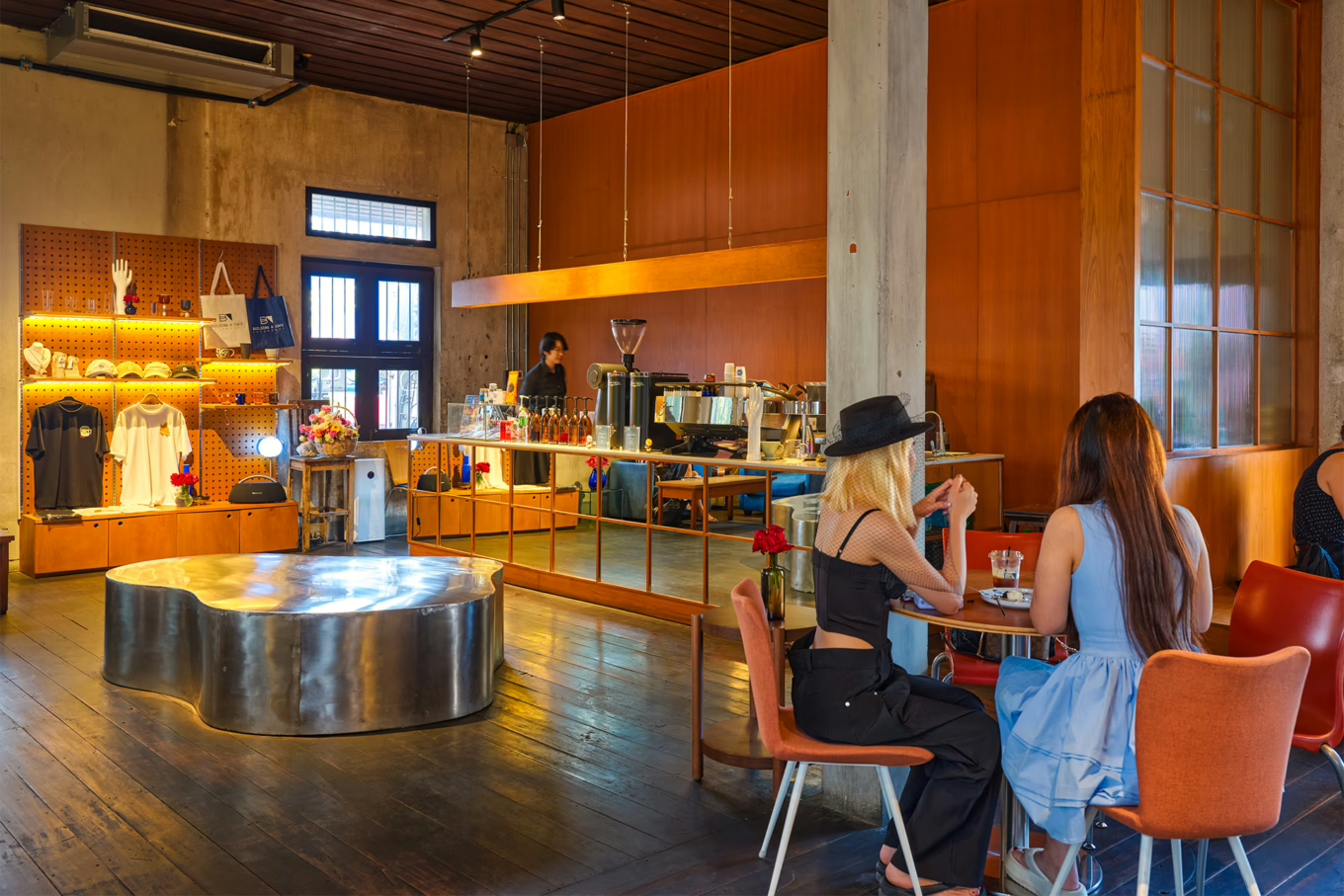
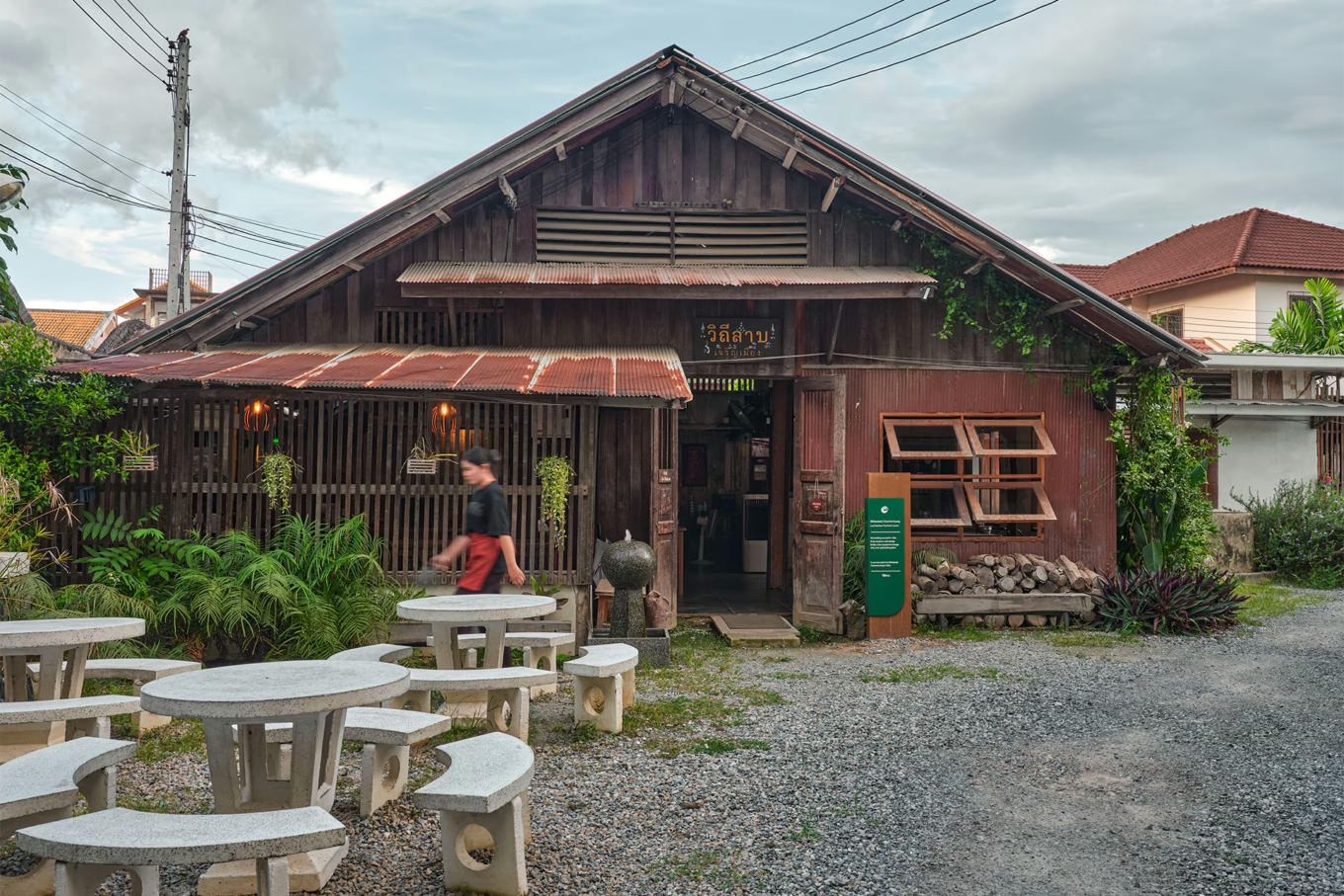
“That wooden shed used to be a salt storage, as Chiang Mai is landlocked and we needed to get salt supplies from Bangkok back in the day,” explains Nimmanahaeminda. “It’s fitting that it’s now a laab restaurant!”
The defining draw of Anusarn Building, however, is its role as a community magnet. Crowds come together every first Sunday of the month for Sanpakoi Street Market to trawl for homemade crafts and bites. You may also chance upon completely offbeat events such as the Baltic Summer Solstice Festival, where visitors from as far as Estonia, with floral headbands in their hair, come to dance around campfires.
“Just walking around in Chiang Mai already chills you out because of the [cool] weather and the atmosphere, where people are not in a hurry,” laughs Nimmanahaeminda. “It’s suited to creatives who want to spend time with their thoughts and talk to other people who like art too.”
I KNEW I HAD TO HEAD TO BAAN KANG WAT ARTIST Village to see more of Chiang Mai’s arts and crafts. At the base of Doi Suthep mountain, on the city’s western edge, a cluster of low-rise Thai homes made of wood, concrete and corrugated metal roofs has been transformed into open-air studios and shops selling all manner of handmade curiosities.
These humble structures are far from architectural showpieces, yet with smiling traffic mirrors, bursts of colourful paintings and hand-painted signs, they take on an irresistibly quaint appeal. I happily snapped away until my attention was stolen by a storeowner’s turtle shuffling past in a Santa hat.
Baan Kang Wat is the place to find some of Chiang Mai’s quirkiest creations. At Kaptor Store, stationery is emblazoned with a hilarious, deadpan duck character, while Note a Book tempts with handmade journals bound in old maps and magazine collages.
Better still, you can make your own keepsakes. Pottery painting, woodcut printing, jewellery beading – there’s something inherently soothing about the process of crafting. As I wandered the maze of shops, I stumbled upon clay figurines piled from floor to ceiling, and artisans at work in open studios and cafes that made it easy to spend an entire afternoon here.
AFTER MY FILL OF PROVINCIAL WHIMSY – and enough stickers shaped like bowls of khao soi to last a lifetime – I was ready for something sleeker. Back in the Old Town, Kalm Village offered exactly that. Since 2021, this art, craft and culture centre has grown into a complex of nine buildings arranged around two courtyards, their contemporary Asian design enough to make architecture enthusiasts pause in admiration.
Despite its newness, Kalm Village is far from generic. Upcycled teak and grey bricks, patterned to resemble woven textiles, root it in history while pointing towards a more sustainable future.
“If we want arts and crafts to continue, we must admit that it may not serve our modern needs anymore,” says co-founder Achariyar Rojanapirom, who developed the project with her brother Araya. “We reference history and our roots, but materials, colours and design must evolve. A fewyears ago, we showcased a master weaver’s furniture made with recycled plastic but still featuring traditional designs.”
Inside, the pace slows. I drifted from a permanent textile museum to rotating exhibitions, from lifestyle shops to a restaurant serving the founders’ grandmother’s recipes. The standouts for me were the light-filled library and the Glass Pavilion on the rooftop, a space with sweeping views of terracotta roofs and Chedi Luang temple. Here, sunrise yoga sessions and workshops on weaving or hairpin-making bring creativity into daily life.
“Chiang Mai is such a special place because it was once the Lanna Kingdom, with its own history and remnants you can still see,” Rojanapirom explained. “Many artisans continue to produce their work and are very open to sharing their knowledge. It’s easier to connect here than in bigger cities.”
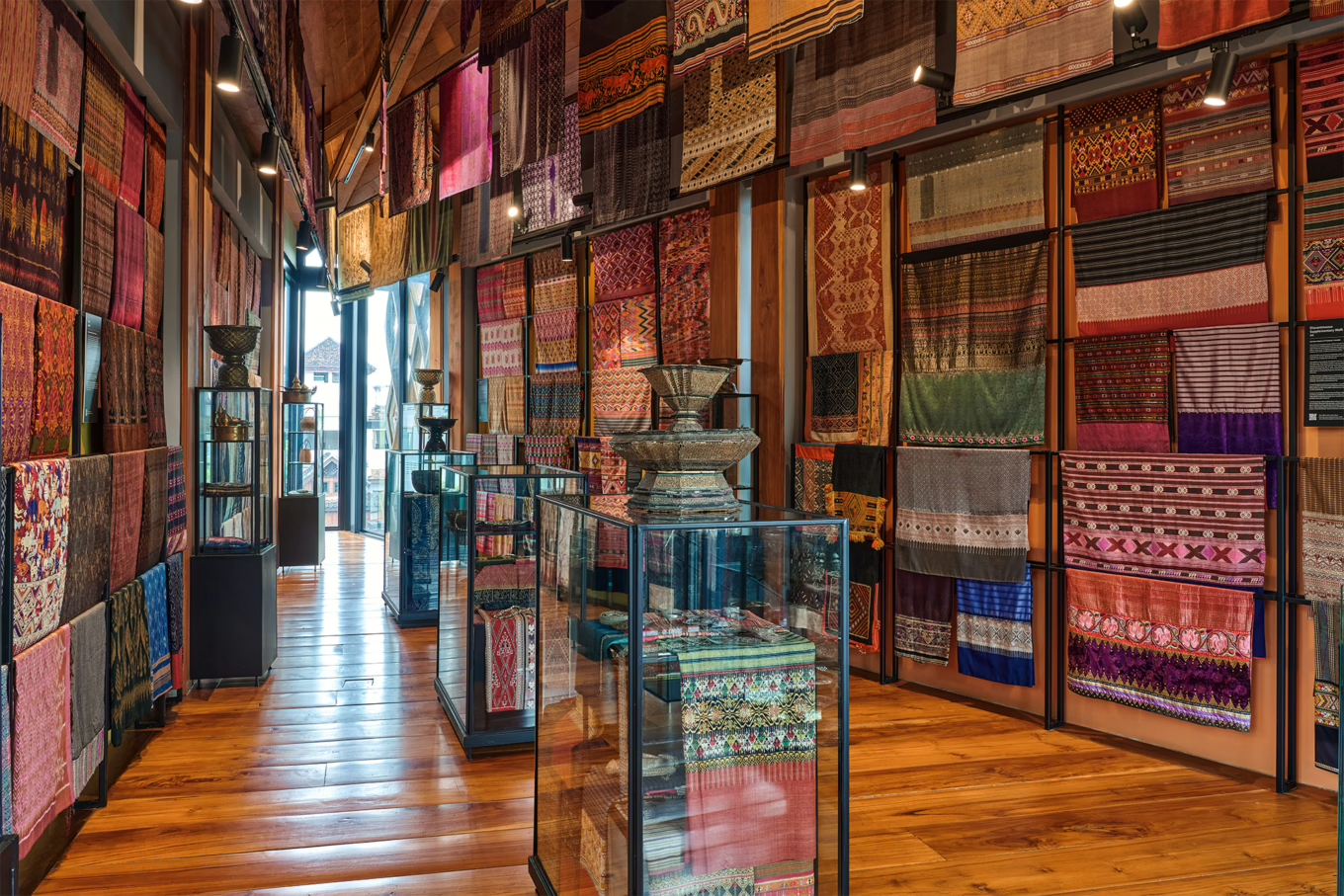
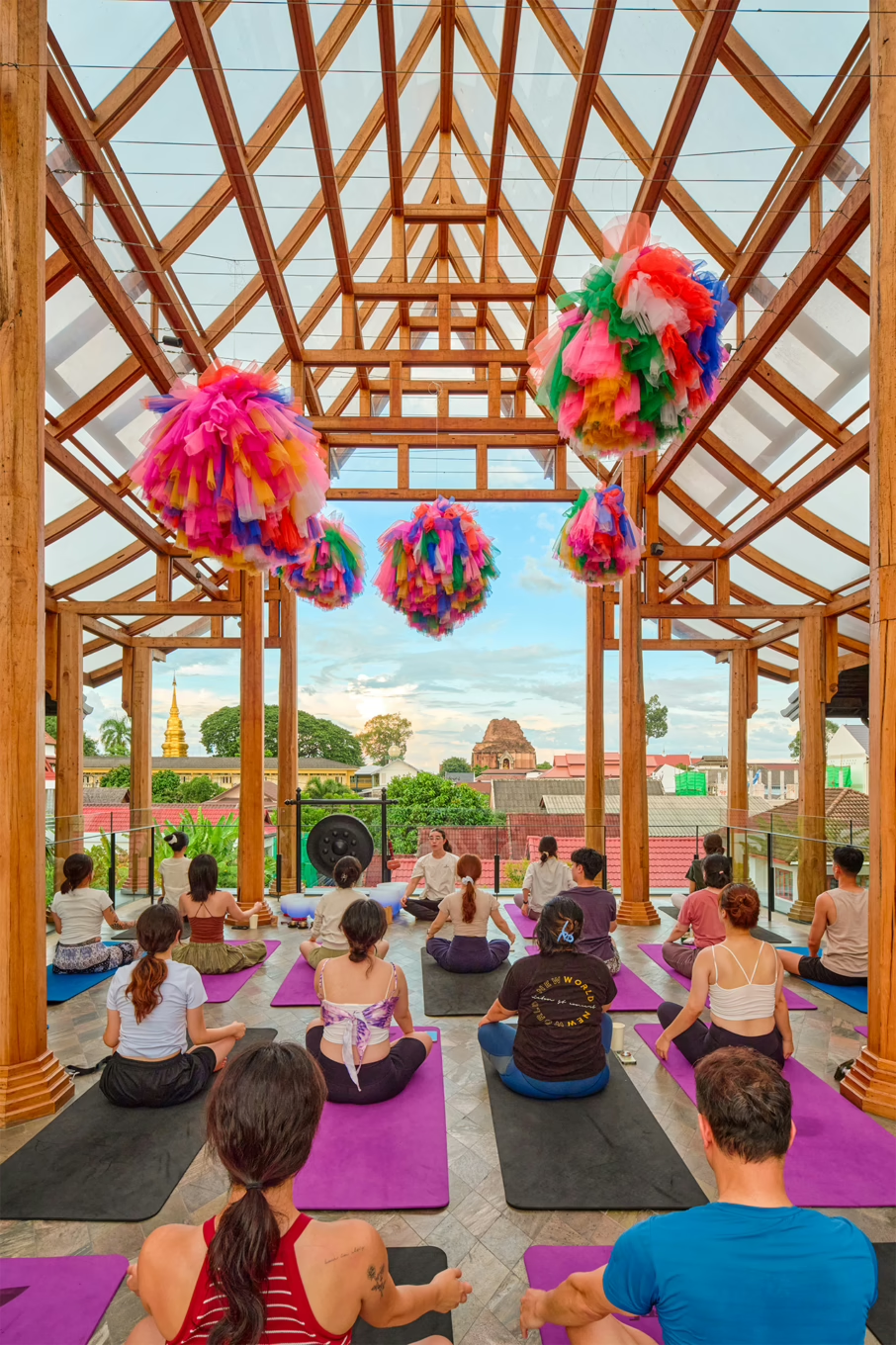
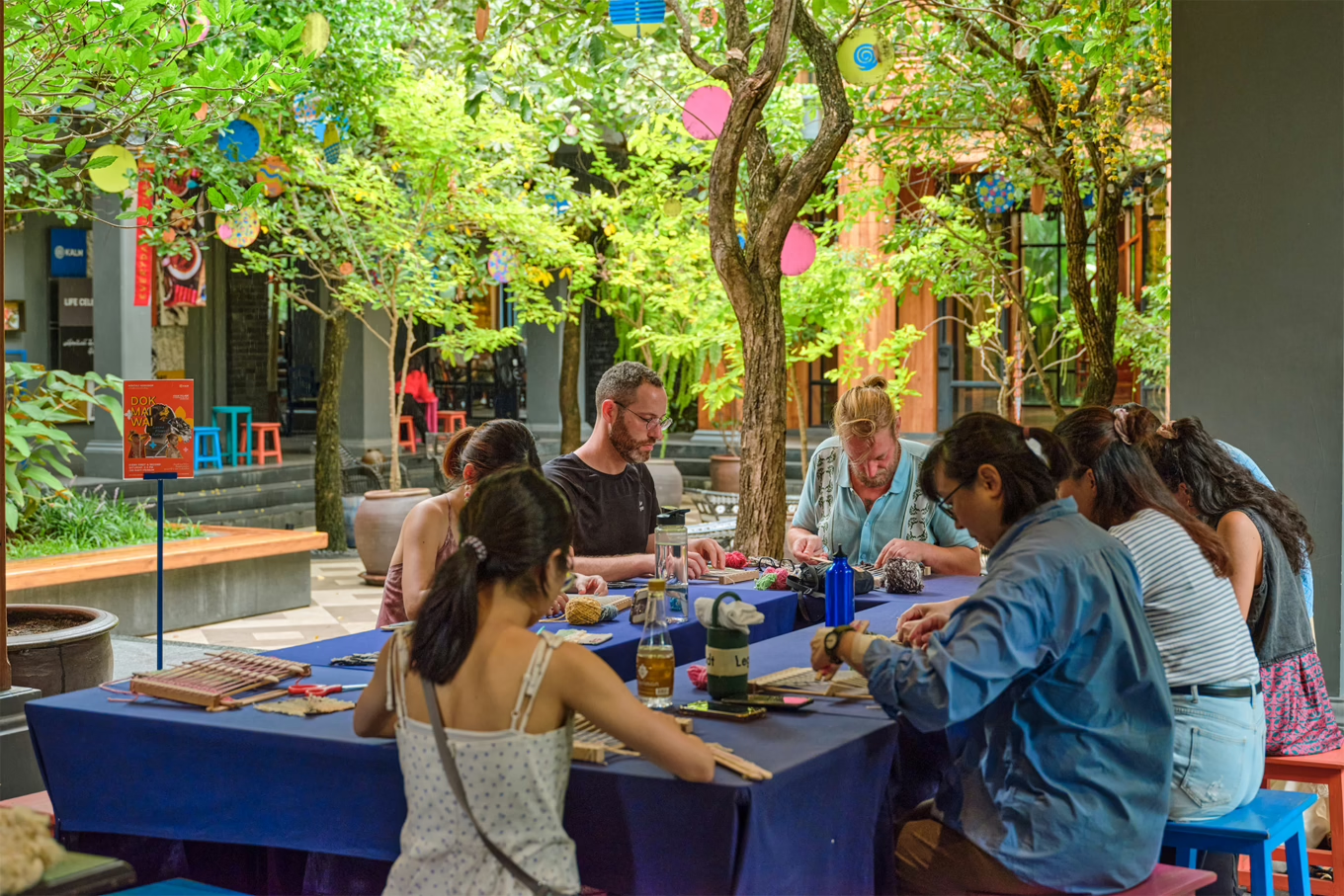
The pandemic, she added, was a turning point. Returning home during that period gave her the chance to start Kalm Village. “It was a catalyst that made people see value in community and connectivity. Craftwork itself is tangible and so is community building. A physical space that houses people, craftwork and culture will never die, because humans need that no matter how digital our lives become.”
As I listened, I realised how much I needed this kind of recharge myself. Visiting these spaces felt as invigorating as trekking the mountains or stepping into a centuries-old temple. It was a relief to know that while I never studied art or design at university, wandering through Chiang Mai’s creative enclaves made me feel as though imagination can be sparked at any point in life. Sometimes, the right setting is enough to coax new ideas to the surface.
